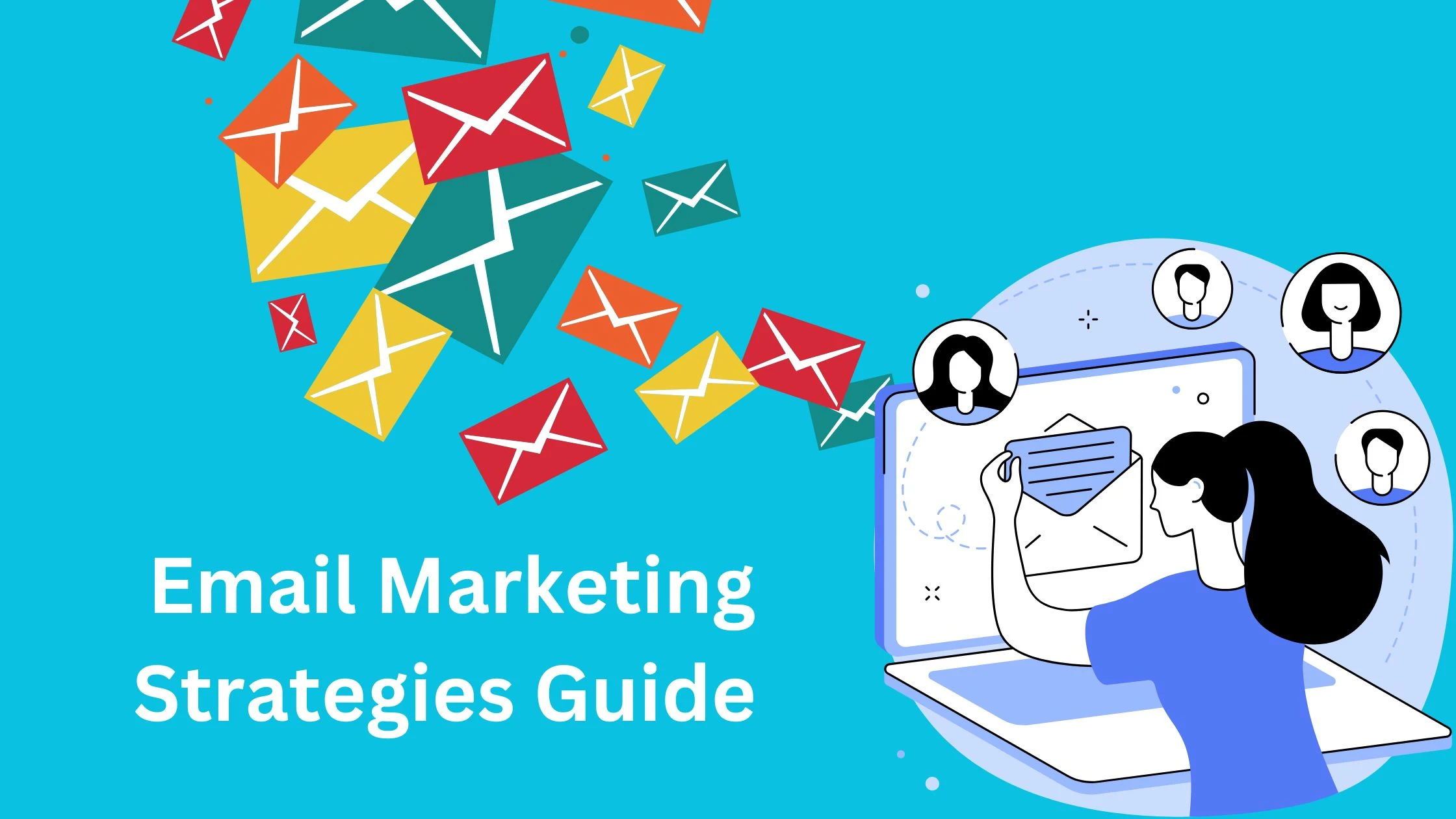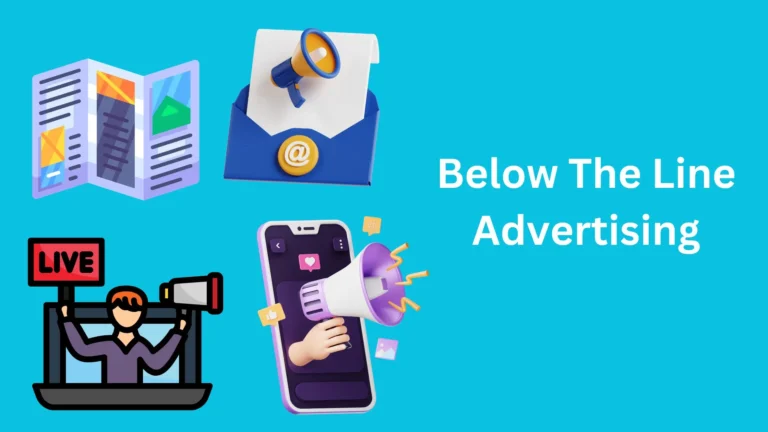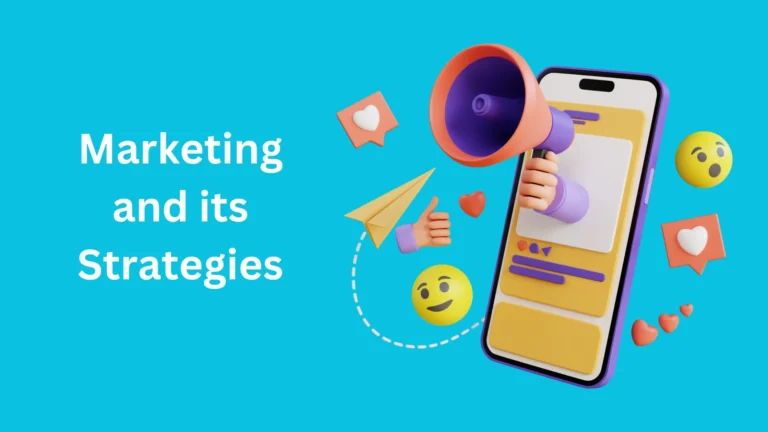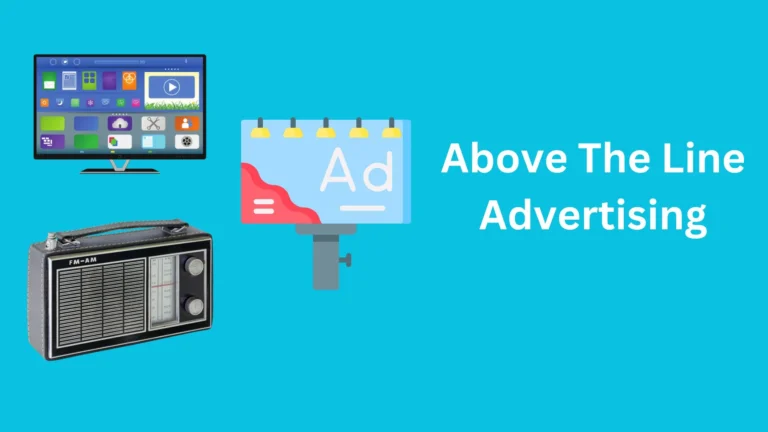Email Marketing Strategies Guide for 2025

After analyzing numerous websites, we have compiled this guide with proven strategies to elevate your email marketing efforts in 2025.
Fundamentals of Email Marketing
Core Principles for Success
Build a Robust Email List:
- Import existing contacts with proper permissions and segment them for relevance. Use tools like Mailchimp or HubSpot for segmentation.
- Capture new subscribers via incentives (e.g., discounts) and prominent opt-in forms. Exit-intent pop-ups and social media promotions are effective tactics.
- Regularly remove inactive subscribers to boost deliverability and engagement.
Mobile-First Optimization:
Ensure emails are responsive, concise, and feature easy-to-click CTAs. 75% of emails are opened on mobile devices, emphasizing the need for mobile-friendly designs.
Maintain Clean Lists:
Use email verification tools like SendPulse to ensure deliverability and reduce bounce rates
Tool Recommendations:
- Mailchimp: For list management and segmentation.
- HubSpot: To track subscriber behavior and automate workflows.
- SendPulse: For email validation and multi-channel engagement.
Subject Line Optimization
Data-Driven Tactics
- AI-Powered Subject Lines:
- AI tools like Dynamic Yield or H2O analyze past engagement to generate personalized subject lines, improving open rates by up to 30%.
- Example: A brand using AI-driven subject lines saw a 45% higher open rate compared to generic ones.
- Action-Oriented Language:
- Phrases like “Limited Time Offer” or “Your Exclusive Access” create urgency.
- Personalization:
- Use subscriber names or behavioral triggers (e.g., “Complete Your Purchase, [Name]”).
Example:
- A/B test: “New Collection Arrived” vs. “Your 20% Off Code Expires Tonight!”
The 2nd one looks catchy and have more CTR
Content Personalization
Hyper-Personalization & AI
- Predictive Personalization:
- AI predicts customer needs (e.g., sending a replenishment reminder when a product is low in stock).
- Dynamic Content Blocks:
- Tailor emails based on browsing history, location, or purchase stage.
- Interactive Elements:
- Embed polls, quizzes, or product carousels to boost engagement. A fashion brand’s style quiz led to a 30% increase in click-through rates
Tool Recommendations:
- Dynamic Yield: For AI-driven personalization.
- Canva + Mailchimp: To integrate branded visuals seamlessly.
Automation Tools
Streamline Campaigns with AI
- AI-Optimized Send Times:
- Tools like Omnisend analyze recipient behavior to schedule emails when users are most active, increasing open rates by 20%.
- Triggered Campaigns:
- Automate emails for abandoned carts, birthdays, or milestone celebrations (e.g., “Happy 1-Year Anniversary! Enjoy 25% Off”).
- Real-Time Personalization:
- Use tools like H2O to dynamically adjust content based on real-time data (e.g., weather-based offers)
Tool Recommendations:
- ActiveCampaign: For advanced automation workflows.
- Omnisend: To sync email with SMS and social campaigns.
User Engagement Metrics
Key Metrics to Track
- Open Rate:
- Benchmark: 15–25%. Improve with personalized subject lines.
- Click-Through Rate (CTR):
- Benchmark: 2–5%. Optimize CTAs and email design.
- Conversion Rate:
- Measure how many users complete desired actions (e.g., purchases). Urgency-driven emails (e.g., flash sales) boost conversions by 30%.
- Churn Rate:
- Monitor unsubscribes to refine content relevance.
Pro Tip:
Combine email analytics with Google Analytics to track post-click behavior (e.g., website sessions, purchases).
Advanced Tactics – A/B Testing
Maximize Performance
- Test Variables:
- Subject lines, send times, CTAs, and email layouts.
- AI-Driven Insights:
- Tools like Optimizely analyze test results to recommend winning strategies.
- Example:
- A brand tested “Shop Now” vs. “Get 20% Off” CTAs. The latter drove 50% more clicks
FAQ Section
How often should I email subscribers?
Use AI tools to determine optimal frequency (e.g., 2–3 times/week for engaged users). Avoid over-messaging to prevent churn.
How do I avoid spam filters?
Use plain text sparingly, avoid excessive links, and maintain a clean email list.
What’s the ROI of email marketing in 2025?
Average ROI is $42 for every $1 spent. Hyper-personalized campaigns can yield up to 760% ROI.
Should I focus on new subscribers or retention?
Retention emails (e.g., loyalty programs) drive 3x more revenue than acquisition campaigns
In 2025, email marketing thrives on AI-driven personalization, interactive content, and privacy-first practices. By leveraging tools like Dynamic Yield, ActiveCampaign, and Omnisend, marketers can deliver timely, relevant campaigns that build trust and drive conversions.
Related Articles
What Is Marketing and Its Strategies
Above The Line Advertising And Its Advantages
Below The Line Advertising And Its Advantages

With 5+ years of SEO experience, I’m passionate about helping others boost their online presence. I share actionable SEO tips for everyone—from beginners to experts.


